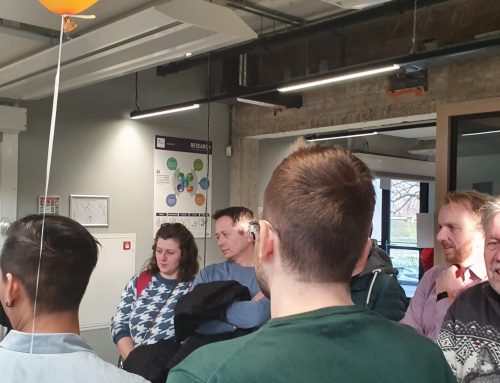Three years in a row we have been able to look at our air pollution while celebrating the new year with the tradition of fireworks. We use our fine maze measurement network that was installed in December 2013. The first newyear was 2013/2014. The weather was miserable. It was rainy and windy. The related fireworks peak was therefor sharp high but disappeared rapidly again.
During newyear 2014/2015 the weather type was totally different. It was a quit and clear evening/night with hardly any wind. The fireworks could be lit from 18:00 onwards. A huge peak appeared that lasted for 16 hours. Partner Scapeler made a film of it:
This newyear the weather develop similar to the year before.
We expected a new long peak again but the contrary was true. The measurements were much more like the first year. This was surprising.
What justified the rapid disappearance of the peaks. Only direct observation could perhaps provide clues. As it seemed this year there were two reason to justify change:
- People had massively decided to start using other type of fireworks. More fancy flares were used rather that the strong explosives. The flares seemed to produce less air pollution than the enormous clouds of dust produced by the firework boms.
- There seemed to be less usage of fireworks than other years. Was this because of the awareness campaign of AiREAS and other media? Or are other reasons possible?
There will be of course a combination of factors that explains this phenomenum but interesting it is indeed and show that complexity we phase at level 4 regional development based on core values.







Leave A Comment